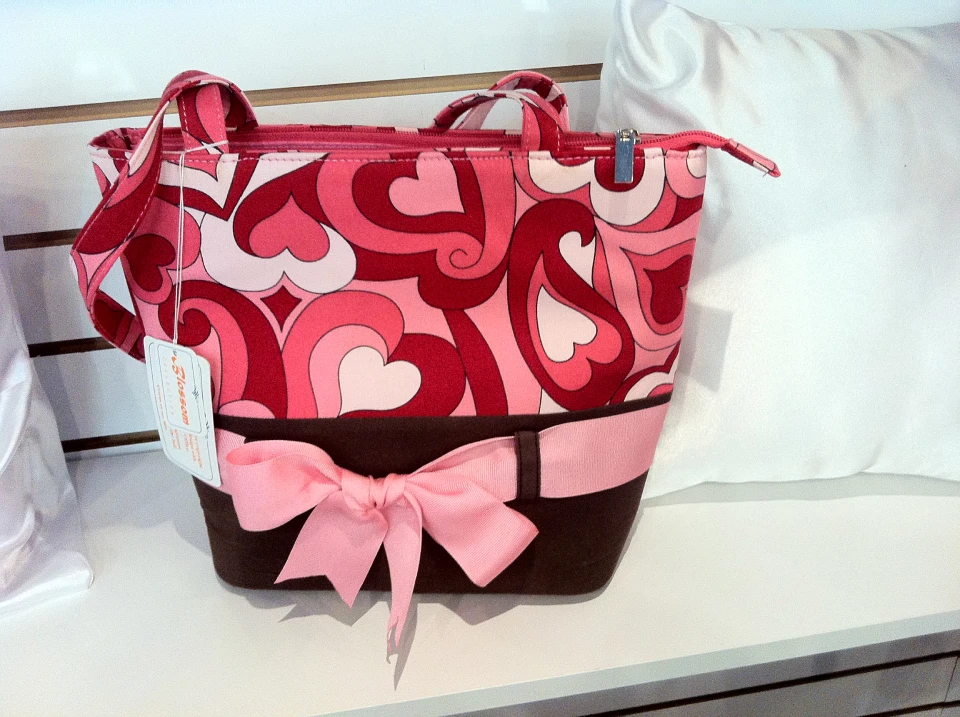The Art of Custom-made Embroidery: Unlocking the Tricks to Creating Special and Remarkable Layouts
Needlework, a craft soaked in tradition and artistry, holds within its elaborate stitches the power to transform material right into a canvas of special expression. The secrets to creating custom-made needlework designs that astound the eye and leave a lasting perception hinge on a delicate balance of method, creativity, and focus to information. As we explore the world of customized embroidery, we discover the nuanced interaction in between string selection, stitch complexity, and design customization that elevates a plain garment to a job of art. Join us on a journey with the art of personalized needlework as we unravel the mysteries behind crafting really remarkable and unique creations.
Selecting the Right Needlework Threads
When choosing embroidery threads, what key aspects should you take into consideration to guarantee the most effective outcomes for your personalized designs? The choice of embroidery thread is critical in establishing the last end result of your embroidered layout. Among the primary considerations is the material of the thread. Different materials such as cotton, polyester, rayon, and silk provide differing degrees of sheen, sturdiness, and texture. It is important to choose a thread material that matches the material you are embroidering on and aligns with the desired appearance of the layout.
Thicker strings can add measurement and texture to your style, while finer threads are excellent for elaborate information and tiny message. Additionally, thinking about the color fastness and washability of the string is crucial to make sure that your customized layouts maintain their top quality and vibrancy over time.
Exploring Various Stitch Strategies
To explore the world of 'Checking out Various Stitch Techniques', one need to grasp the ins and outs and subtleties that each stitching technique offers the art of embroidery. Various stitch techniques not only include visual rate of interest yet also contribute to the total appearance and dimension of the style. One preferred stitch technique is the satin stitch, which includes very closely jam-packed parallel stitches to develop a smooth and shiny surface, suitable for filling out shapes and creating strong details.
On the various other hand, the backstitch is a versatile technique typically made use of for laying out and adding fine details. It includes sewing in reverse to develop a strong line of needlework. Additionally, the French knot stitch adds a tactile element to designs, best for developing distinctive accents like blossom facilities or attractive touches.
Discovering various stitch strategies permits embroiderers to have fun with light, darkness, and deepness within their layouts, boosting the aesthetic charm and creative quality of their embroidery projects. By understanding different stitching techniques, one can unlock endless possibilities for creating distinct and unforgettable custom-made needlework pieces.
Incorporating Personalized Design Elements
Having actually checked out the complexities of various stitch methods such as the satin stitch, backstitch, and French knot, the focus currently shifts in the direction of integrating customized layout elements in personalized embroidery tasks. Customized layout aspects play an essential duty in making embroidery tasks genuinely unique and remarkable.
Another means to incorporate individualized style elements is by consisting of symbols or themes that hold unique significance to the recipient or reflect their rate of interests and personality. As an example, including a preferred blossom, animal, or hobby-related sign can make the needlework design a lot more meaningful and individualized. In addition, choosing colors that reverberate with the recipient or align with the designated motif can even more boost the customization of the embroidery job.
Mastering the Art of Color Control
One secret aspect of color coordination is recognizing color concept. This includes recognizing how various shades engage with each other, the emotions they communicate, and just how they can be combined to produce aesthetically attractive layouts. By applying color concept principles, embroiderers can produce unified color combinations that boost the overall look of the style.
In addition, taking notice of comparison is essential in shade coordination. Utilizing contrasting colors can aid certain elements of the design pop, enhance readability, and develop an aesthetically dynamic embroidery piece. By grasping the art of shade control, embroiderers can boost their layouts and create memorable items that reverberate with customers and viewers alike.
Enhancing Texture With Advanced Embroidery Stitches

French knots, for example, are perfect for including small, raised dots to your design, simulating the appearance of beads or creating a textured surface. Bullion knots, on the other hand, can be used to create twisted, ropelike elements that add an extravagant feeling to the needlework. Seed sewing includes small, scattered stitches that can fill up in areas with a speckled texture, while turkey work develops cosy, dimensional accents evocative pet fur or indochino fit promise foliage. Experimenting with these advanced needlework stitches permits you to push the boundaries of traditional embroidery and develop genuinely special and visually appealing appearances in your layouts.
Verdict
In final thought, the art of customized needlework includes a combination of picking the best strings, checking out various stitch strategies, including individualized design components, mastering shade sychronisation, and enhancing structure with advanced stitches. By comprehending and executing these vital aspects, embroiderers can create one-of-a-kind and unforgettable layouts that showcase their creative thinking and skill. Needlework enthusiasts can unlock the keys to creating lovely and bespoke items that stand out and leave an enduring impression.